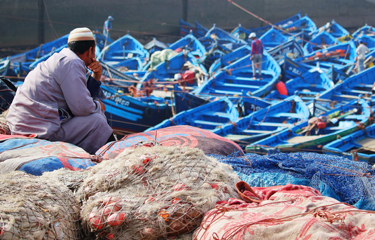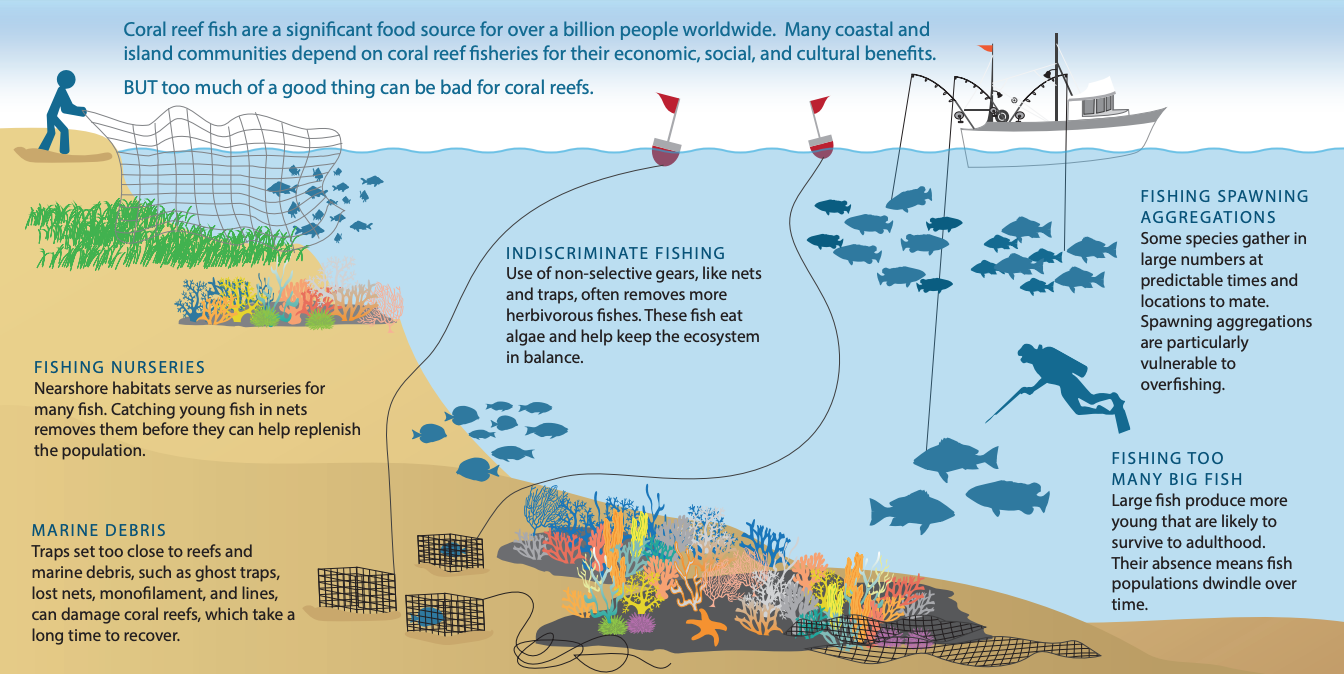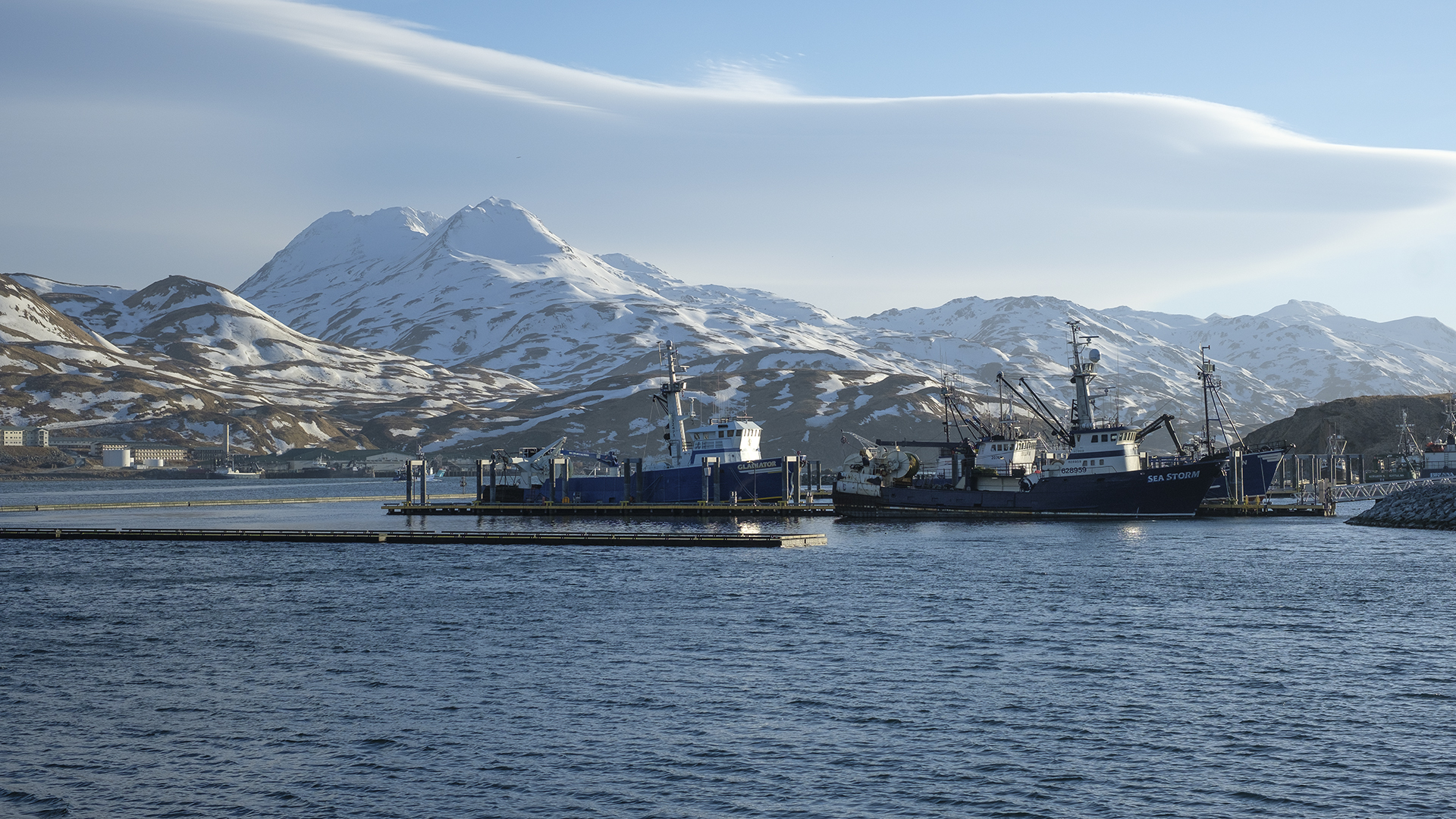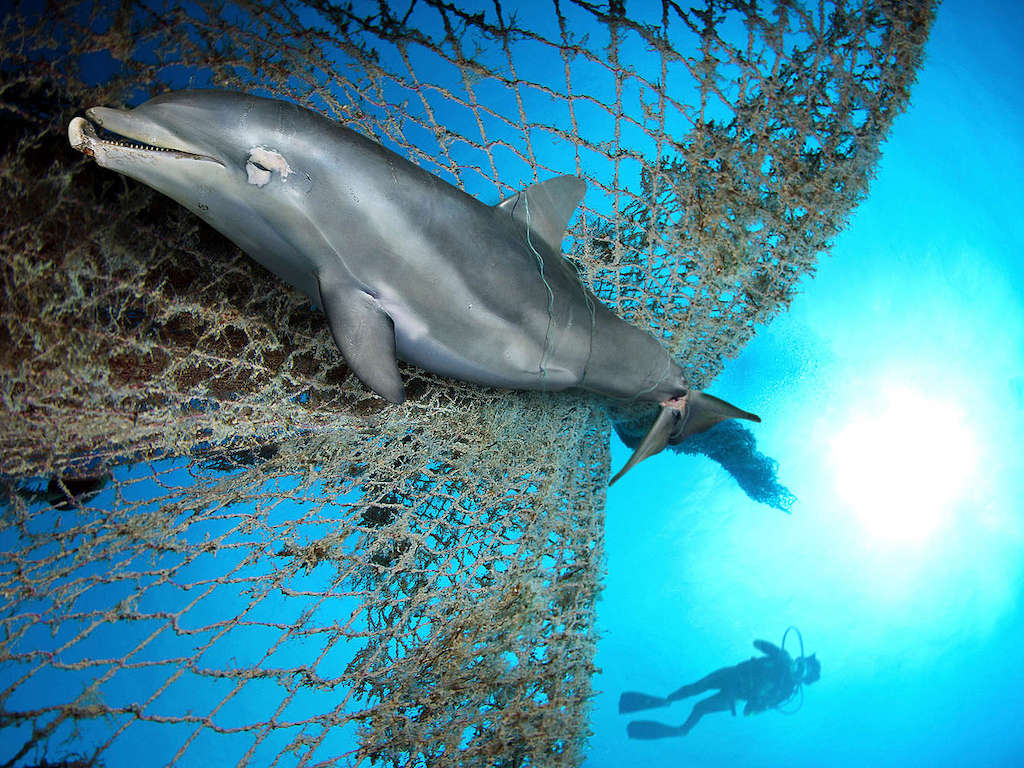During the second semester of this year, in Social Studies we start looking at WWII. However, before fully doing so we need to look at before the war had started, which can be considered the reason for the war to start in the first place. "The Great Depression" was an era of time of major economic decline. Many countries were affected by the disaster, Germany, U.S and New Zealand are only a speck of those who experienced the harshness of an economic decline. For the tasks, we are to answer questions presented to us by our teacher. Requirements are as such: minimum 6-8 sentences [per paragraph] and a lawyer paragraph at the very least.

The Great Depression--a stage of time in which was the worst [in the history of the industrialized world] economic downturn. Lasting for around a decade starting from 1929, the “depression”--a sudden decline of the economy-- originated in the U.S. Severe diminishment of the output Unsurprisingly the rapid decline of the economies was caused by multiple factors. Such factors can be categorized, consumer demand, financial panics, government policies, and the gold standard. Monetary system in which a country’s currency is valued according to gold. Countries of this era abide by this system[linking their network of exchange rates] in which paper currency is converted to a set amount of gold. The standard affected much of the world, with distinct mention to Germany which was hit the hardest in the whole of Europe.

Germany was a prominent power, after the “Great War”, signed the Treaty of Versaille--meant to take power away from Germany-- it became a major factor in the significant effect of “The Great Depression” to Germany compared to other countries. In contrast to the U.S, during the “Great Depression", the unemployment rate was around %19.4, whilst Germany had 24%. To the allies’ proclivity for vengeance (as many historians point out) terms given to Germany were purposely enervative and impairing to the country. The “Treaty of Versailles” was meant to signify the peace between the ‘Allies’--victorious-- and Germany after the “Great War”. In starting the “Great War”, stated in the Treaty of Versailles, the country was held accountable. Thus this became a reason for the imposing and rigorous terms dictated to the country. It was obligatory for Germany to sign the ‘Treaty of Versailles’ as it was a sign of peace; though many did not agree to sign it. In addition to unemployment, the armed force of Germany was reduced; most damaging--for Germany’s pride--” Article 231, the War Guilt Clause blamed Germany and her allies for starting the war – this led to feelings of humiliation and anger.” Stated, it was the reason for the second ‘World War’.

Germany carried a huge burden in signing the treaty, in particular, the payments made to the Allies drained the country of its capital. In addition to that to pay the debt, hyperinflation of its currency was needed; printing paper marks to 1923 became utterly worthless rapidly. Another fundamental factor of why the suffering of Germany[during the Great Depression] was immense was because of its economic collapse. Sparked by the ‘Smoot-Hawley Tariff Act’ in the United States passed in 1930; this clause prevented many of the German industries from selling in the international/foreign markets, causing the decline. More damaging--territories were taken-- disposed of agricultural and industrial income. 13% of Germany’s European territory was taken, approximately 27,000 square miles; adding one-tenth of its population [6.5 to 7 million people]. Such factors have created the decline of Germany, being one of the countries stuck by “The Great Depression” the most.

On another note, as stated before, many have been struck by “The Great Depression''--including New Zealand. Whilst the effects of the decline was not immediate, it was still greatly affected, to an extent that export prices plummeted by 45% in only a span of 3 years[1930-1933]. New Zealand relied on agricultural exports. This was devastating. Continuing in the year 1930, the demand for services and goods fell. Many were unemployed, by 1933 the unemployment rate rose to 12%; however even if jobs were kept wages were reduced--by as much as 20%. Riots surfaced in 1932--first 6 months-- Wellington, Auckland and Christchurch. Though efforts were put to ease the effects of the “Depression”, this was done by unemployment schemes, it was an arduous endeavour requiring people to travel long distances for only a small sum. The “Depression” experienced by New Zealand lasted around 5 years ending in 1935 after the effects of the “Great Depression” were terminated. causing dire unemployment; companies and investors suffered deflation with billions of dollars lost. The time of the “Depression” varied across the different countries, this along with its severeness. Particular to the countries: the U.S along with the continent of Europe.




























